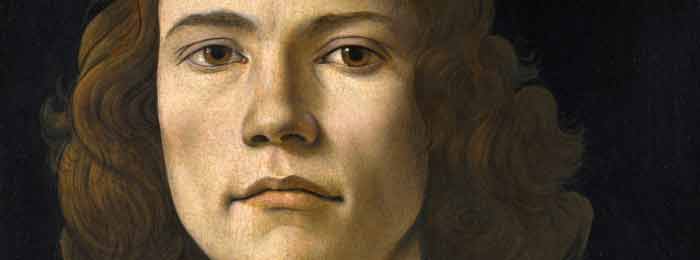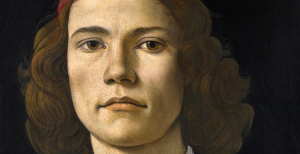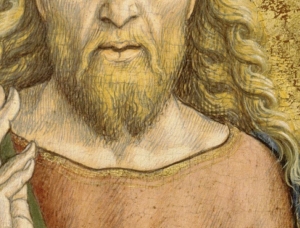The Tempera Technique of Old Masters

Tempera techniques possessed the great advantage of brilliance and permanence, but they were, at the same time, subject to serious difficulties of management which in many ways limited their possibilities.
The so-called early primitive paintings executed in these various tempera mediums possessed a charm of their own, undoubtedly due in some measure to these very limitations of technique. The impossibility of achieving realistic effects and of producing the illusion of the third dimension preserved in them the flat decorative quality for which many are much admired. This decorative effect owes much of its power to the juxtaposition of large masses of color and form, similar to the effects obtained in some of the minor arts.
One of the tempera artists’ chief difficulties came from the impossibility of direct painting with his medium. Because of the rapid evaporation of the water with which the colors were mix the painting dried too fast for the artist to blend his colors. Another difficulty was that many of the colors under- went an appreciable change of value, even of hue, when they dried. For example, a blue that would be at the moment of application became a light blue upon drying, and the white- being a calcium of lime–would turn from a greenish beige when it was wet to a pure white when dry. The painter was thus obliged to have long experience with these transformations he could foresee how his work would finally look.
Another difficulty was the lack of flexibility in modeling which made it necessary for the painter to set off his figures by means of brush strokes–by light and dark cross hatchings, on a flat tone. This convention which looks intentional dominates his technique. In many instances the result is very effective but the fact is the artist had no choice, the medium permitted no other method. From the very beginning, in his preliminary drawing, it was this linear stroke that was used to, circumscribe the areas to be filled with one color or another; and at the end, it was still the thin rigid stroke of the brush that had to be used to give visibility and unity to the objects portrayed. These clear-cut lines, while they gave the picture a certain schematic decorative charm revealed, at the same time, all the defects in the artist’s own technique.
On account of the impossibility of the fusion of colors, the tones had to be applied in superimposed layers–the middle tones being laid in first, in almost pure color, and the lights set off with white on top of this dried middle tone. The shadows would be treated with proper colors in the some manner. If the artist was skillful enough, he could go over his dry painting with another tone close to the original but made transparent by the addition of a lot of water. This made sort of glaze over which he could work again as before, repeating the glaze and the whole process as often as he needed to approach some degree of truthful expression. One result of this method was to, give the picture the effect of many juxtaposed pieces, sharply separated and not unlike the effect of stained glass.
There could be no question of aerial perspective–the perspective of atmospheric effects–with such a technique. Since true shadows could not be represented, the figures could never be situated in an atmosphere. Only two dimensions could be shown, and the shadows that were introduced served more to break the monotony of a plane that was too prominent than to indicate the volume of a form in depth. As to the portrait, this was not yet even possible because figures were represented in the most summary way. The eyes for a profile were drawn as for a full face, nostrils were indicated by a single stroke and the hands and clothing were completely without individuality.




This Post Has 0 Comments